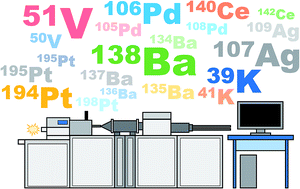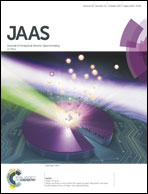Recent advances in the analysis of non-traditional stable isotopes by multi-collector inductively coupled plasma mass spectrometry
Abstract
Non-traditional stable isotopes, with no clear definition yet, generally refer to isotopes beyond C, H, O, N, and S with small variations in natural stable isotopic compositions, such as isotopes of transition and heavy metal elements. With the rapid development in the multi-collector inductively coupled plasma mass spectrometry (MC-ICP-MS) technique, non-traditional stable isotopes have emerged as powerful tracers in geosciences, archaeology, anthropology, and environmental sciences. This article summarizes the recent advances in the analysis of non-traditional stable isotopes by MC-ICP-MS. We review recent efforts on improvement of the sensitivity of MC-ICP-MS and optimization of the sample preparation procedures. Special attention is paid to the “emerging” stable isotopes, e.g., vanadium (V), barium (Ba), potassium (K), platinum (Pt), palladium (Pd), silver (Ag), cerium (Ce), erbium (Er), and silicon (Si). We also introduce some novel aspects of the application of non-traditional stable isotopes, e.g., in nanotechnology and environmental health studies. Finally, we discuss current challenges and give our perspectives in this active research area.

- This article is part of the themed collections: Recent Review Articles and Young Analytical Scientists


 Please wait while we load your content...
Please wait while we load your content...